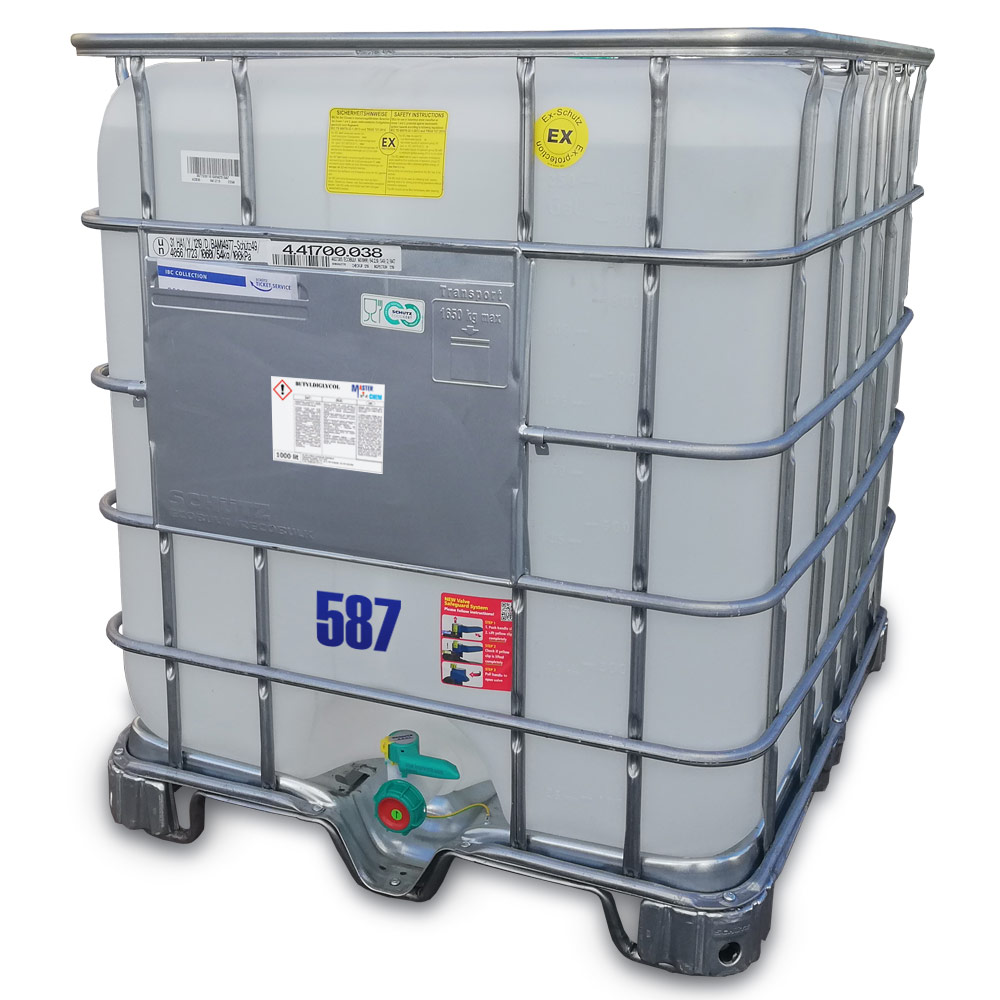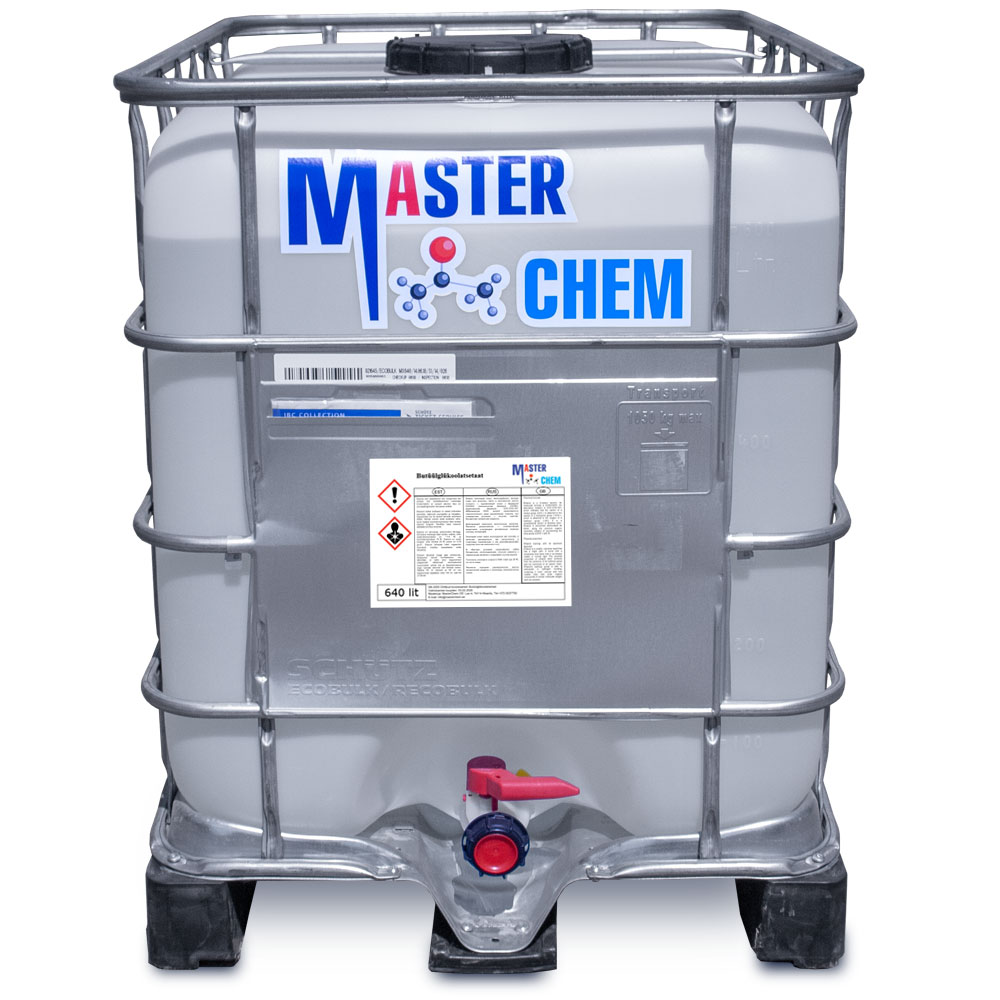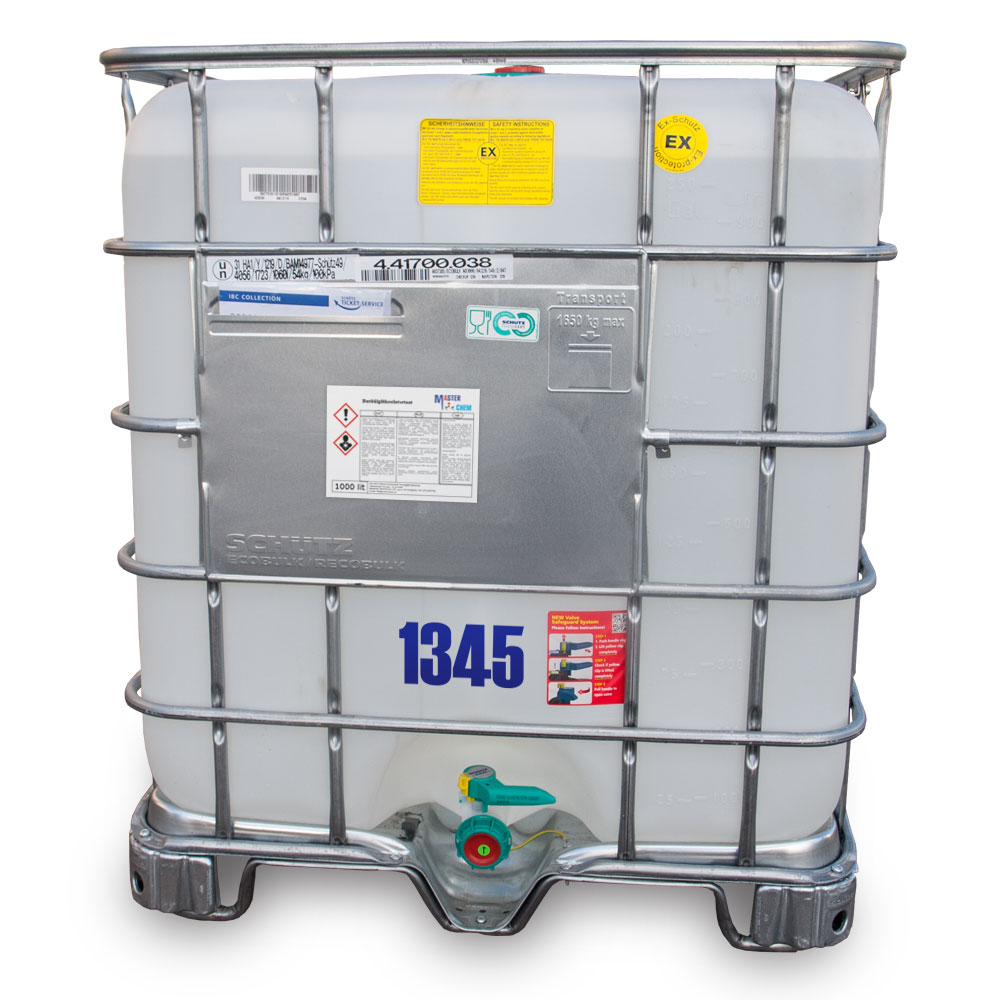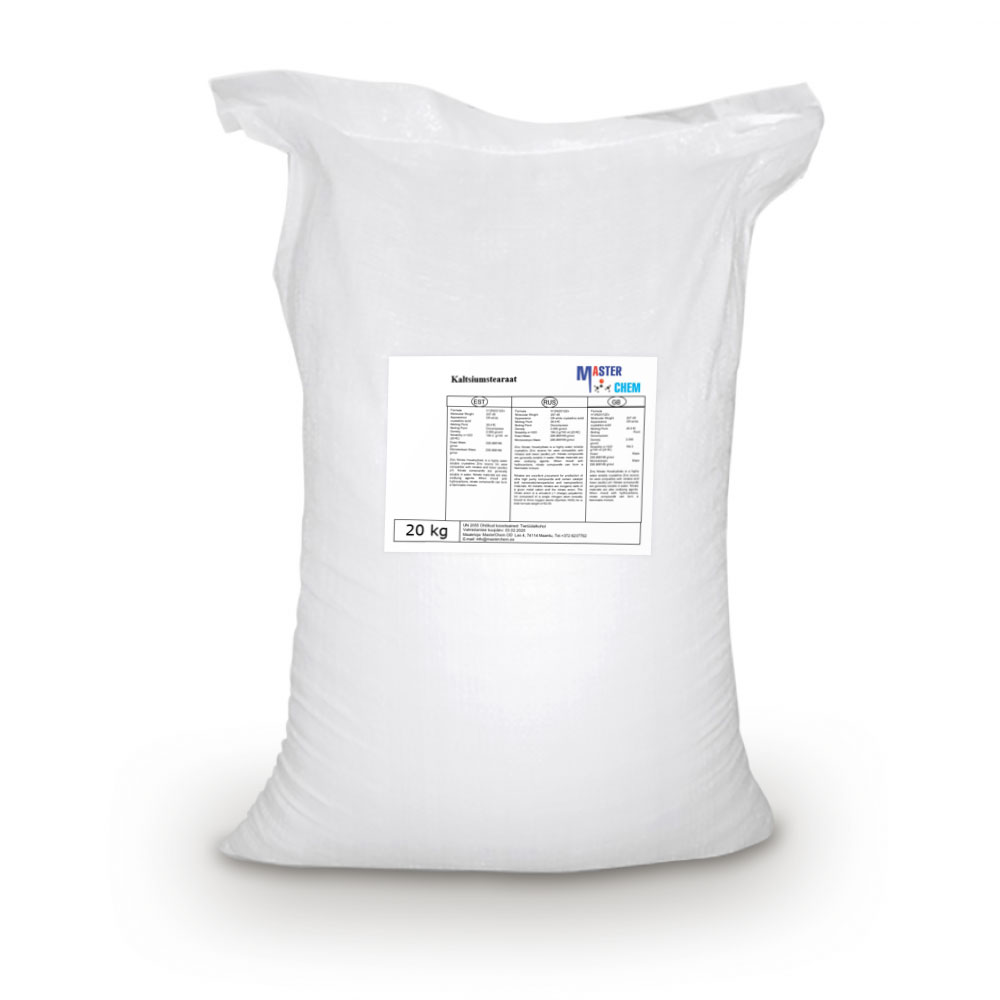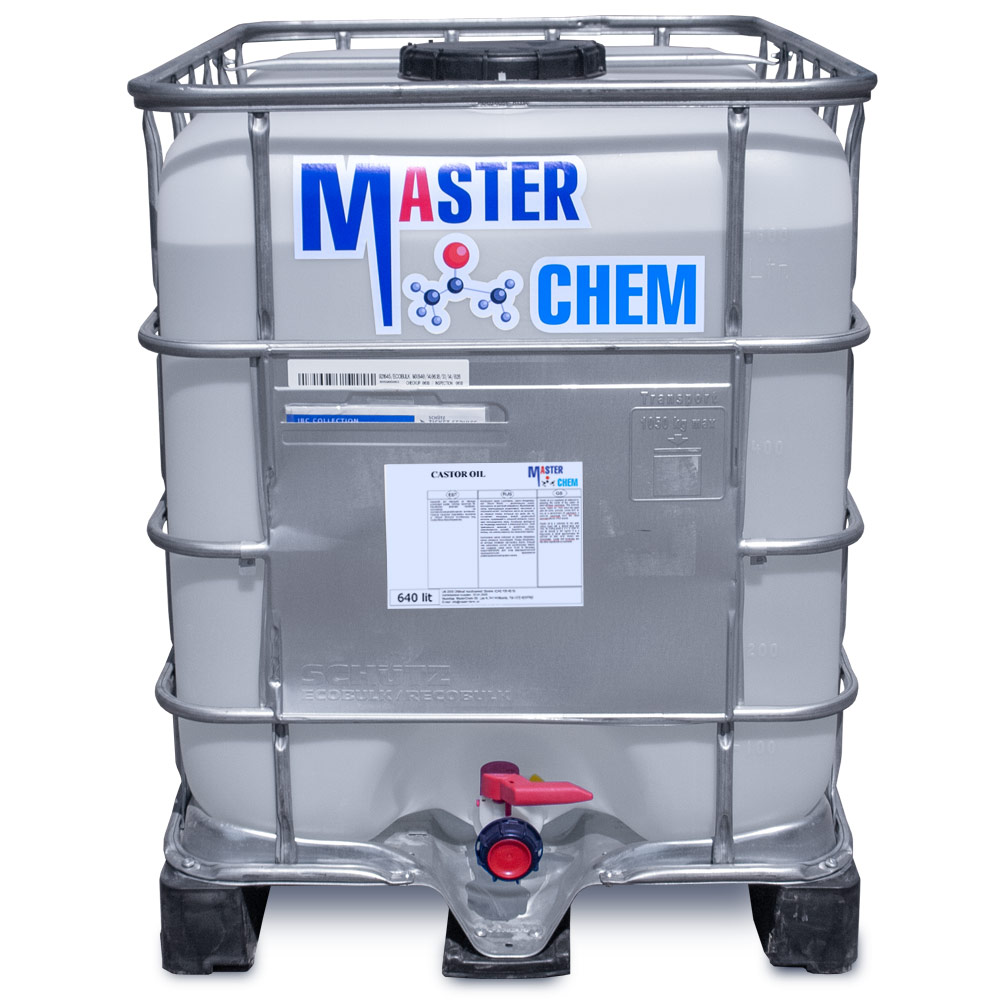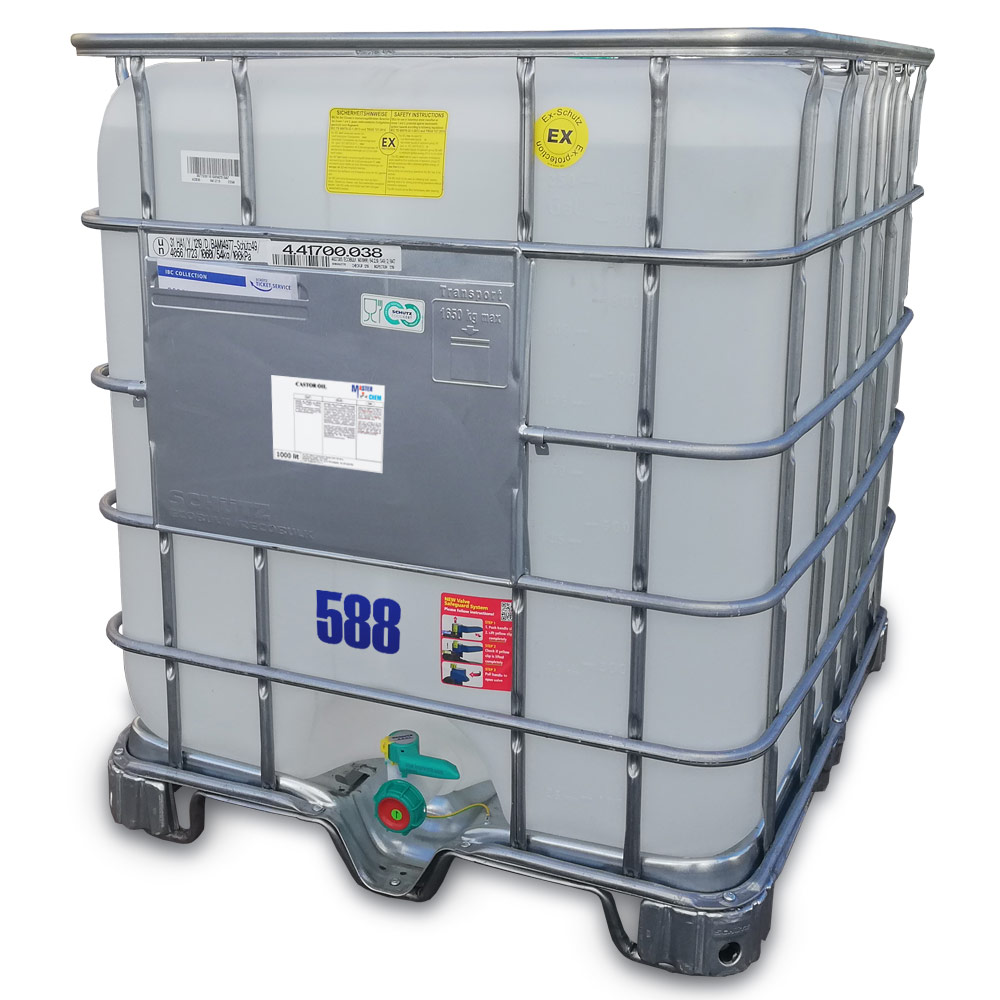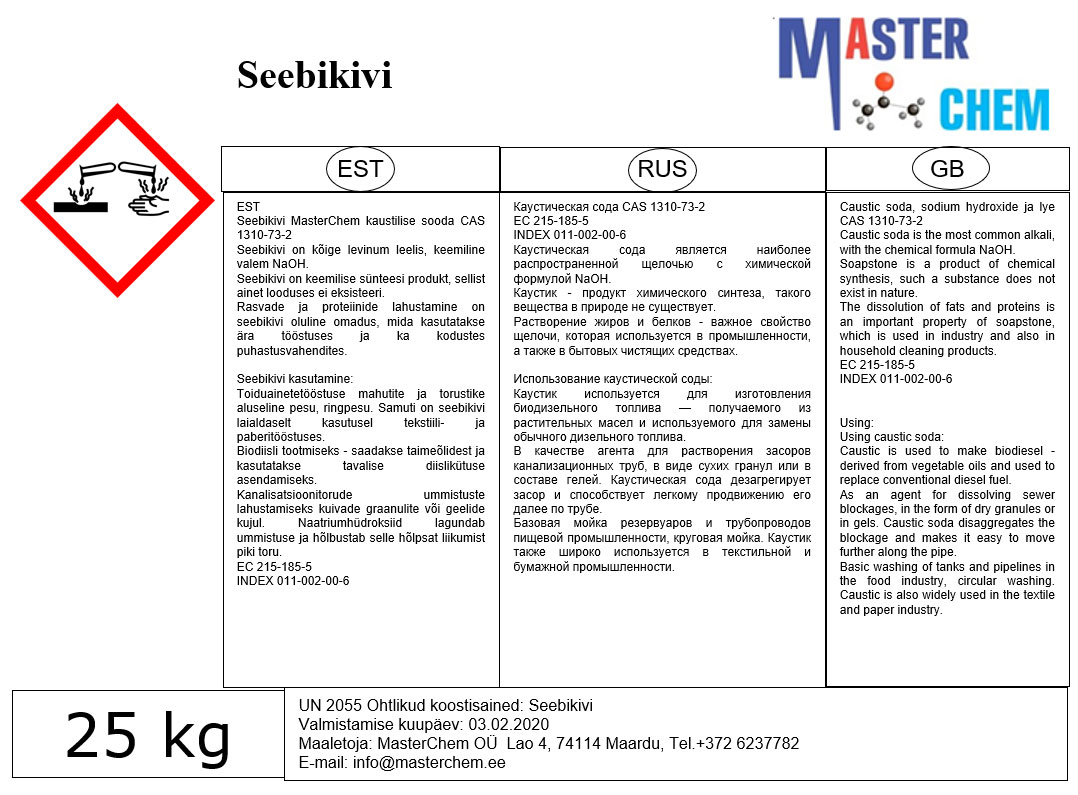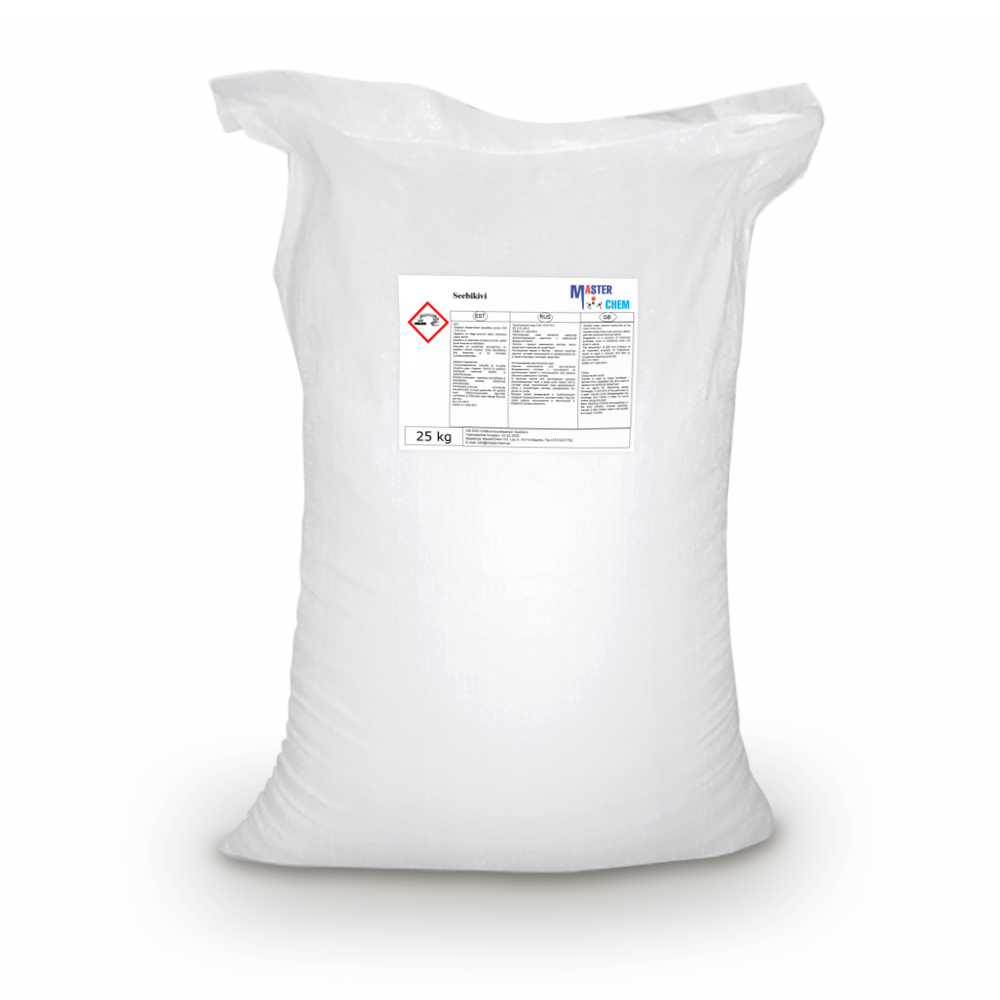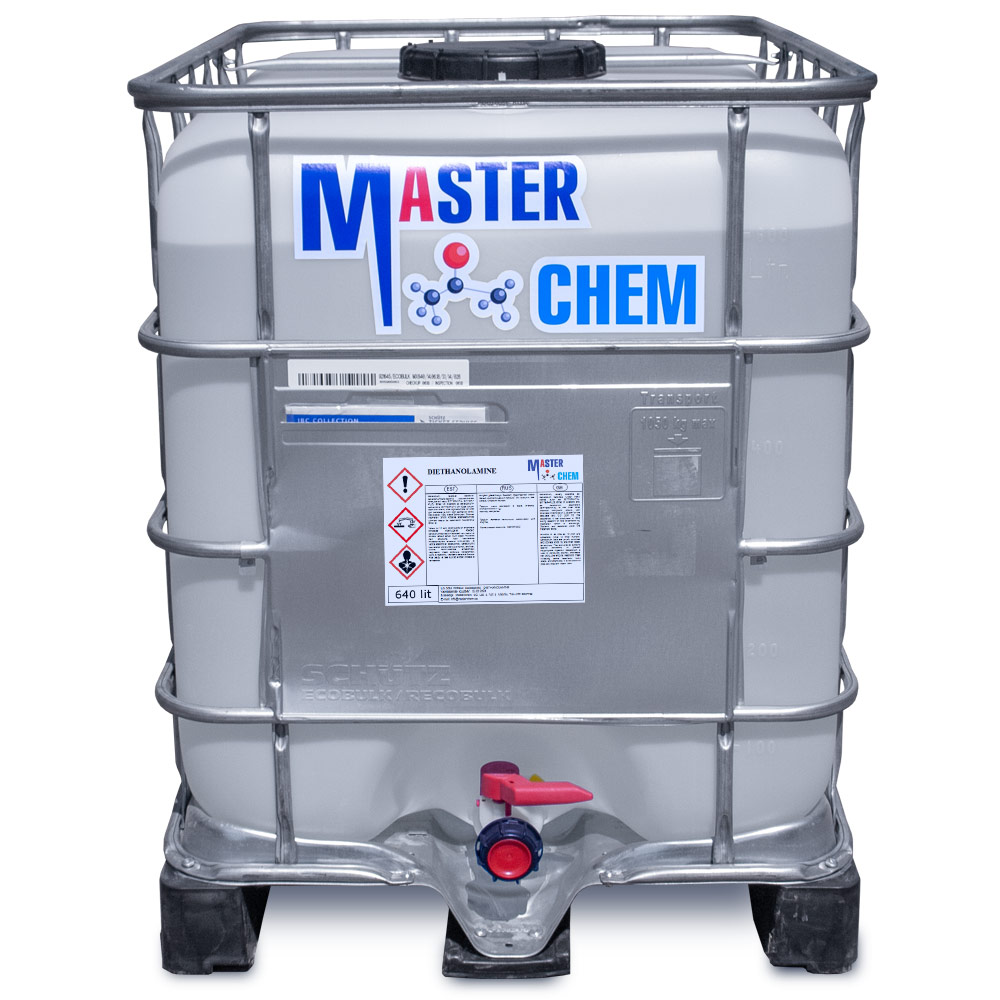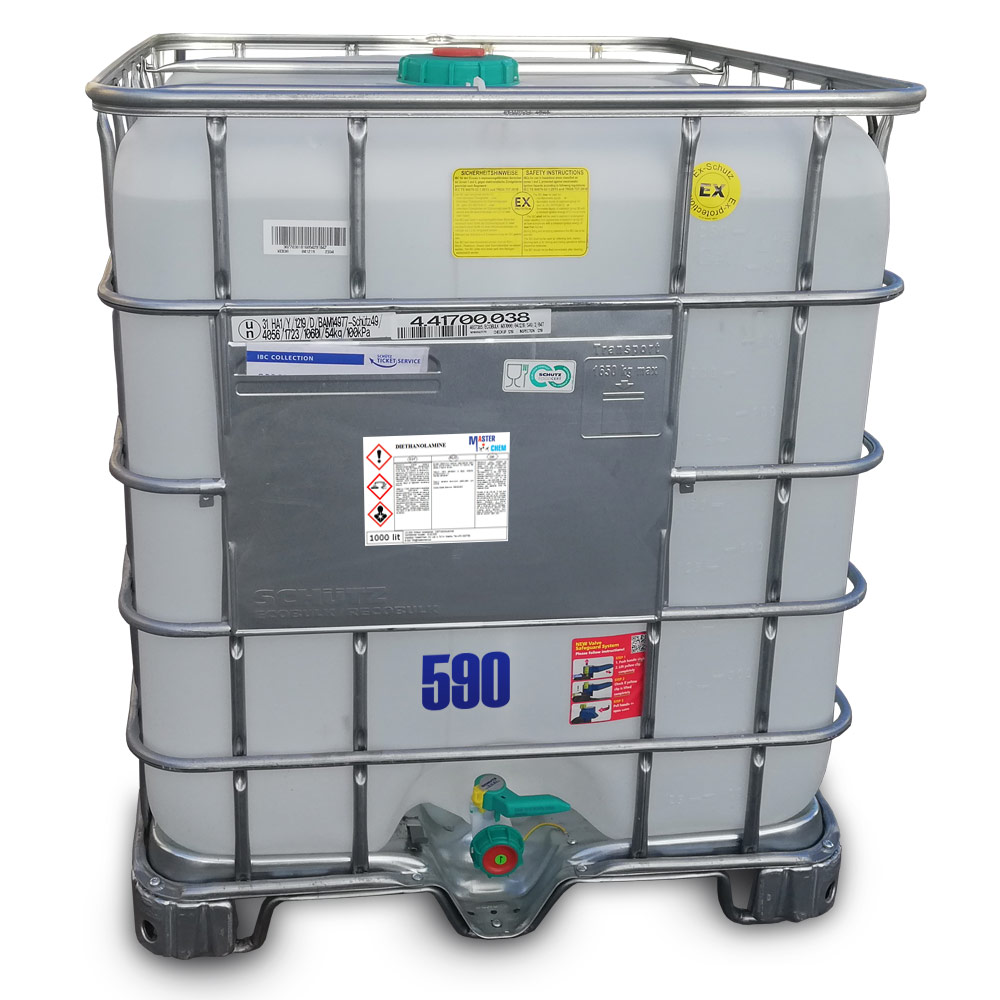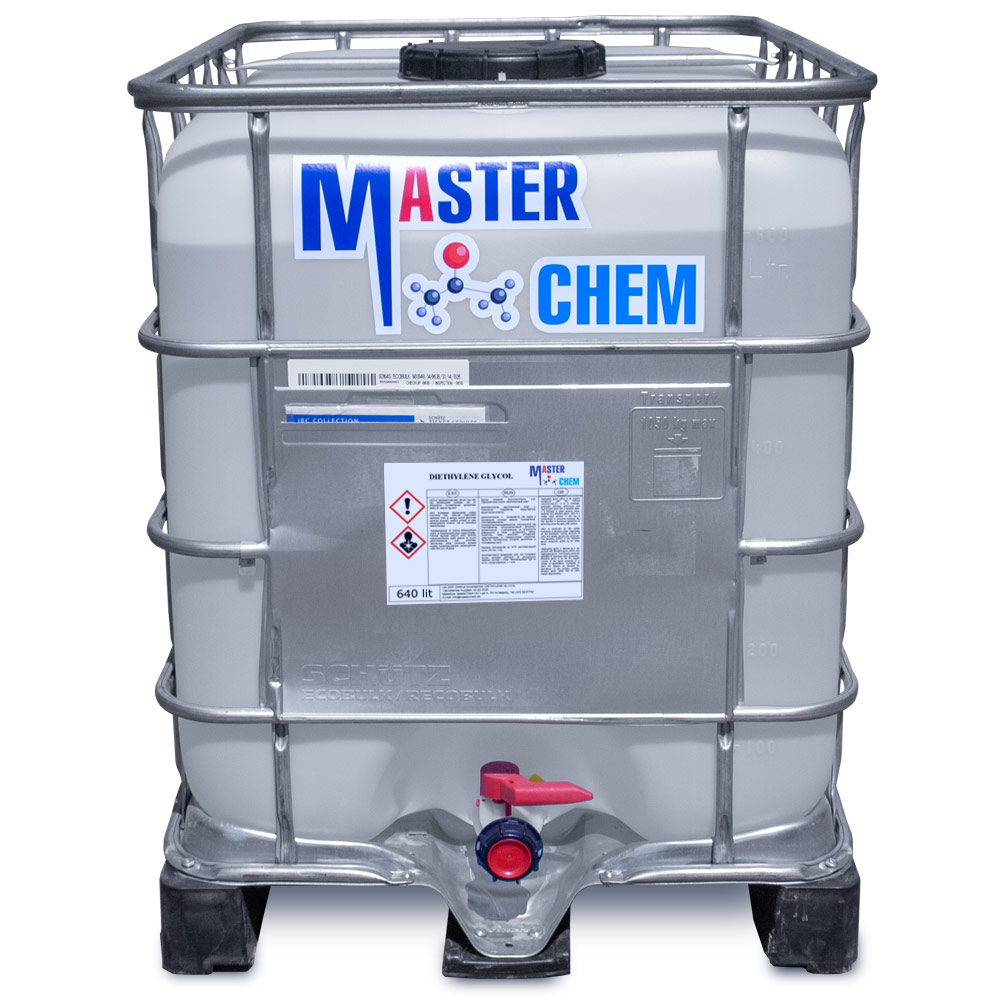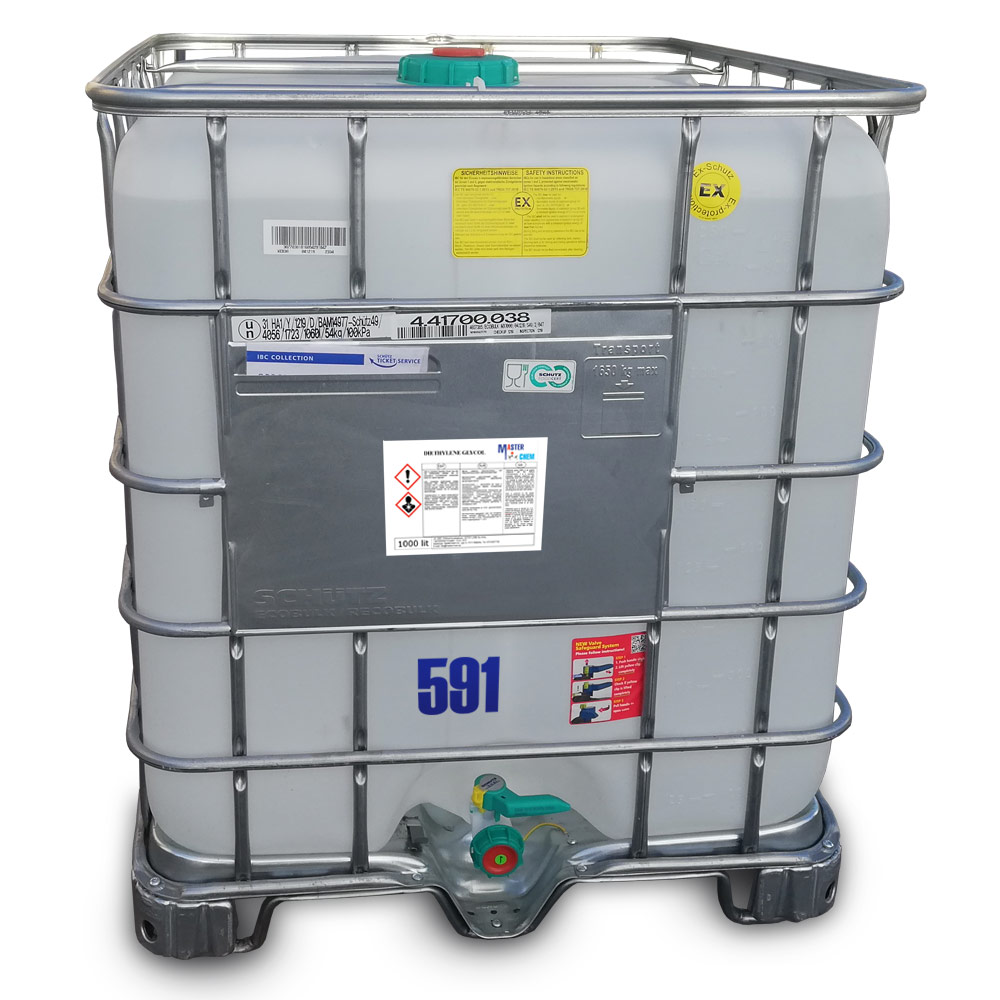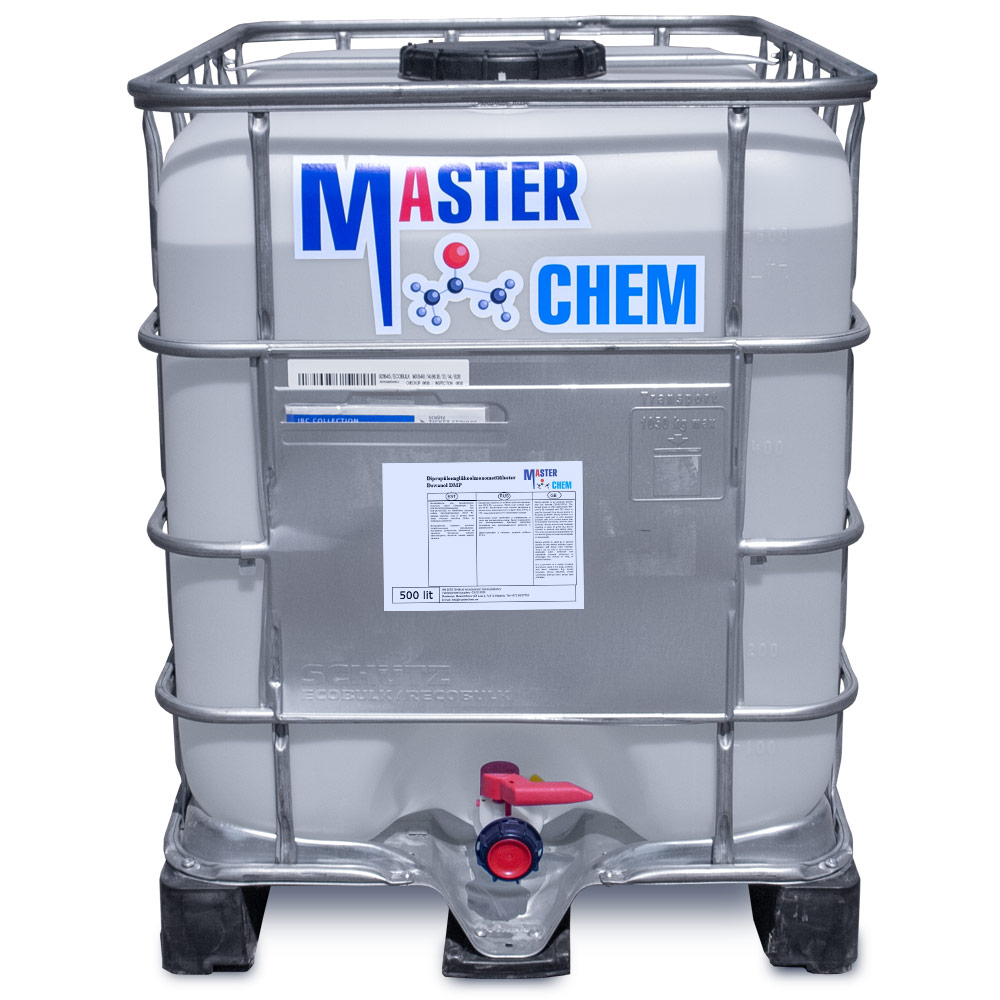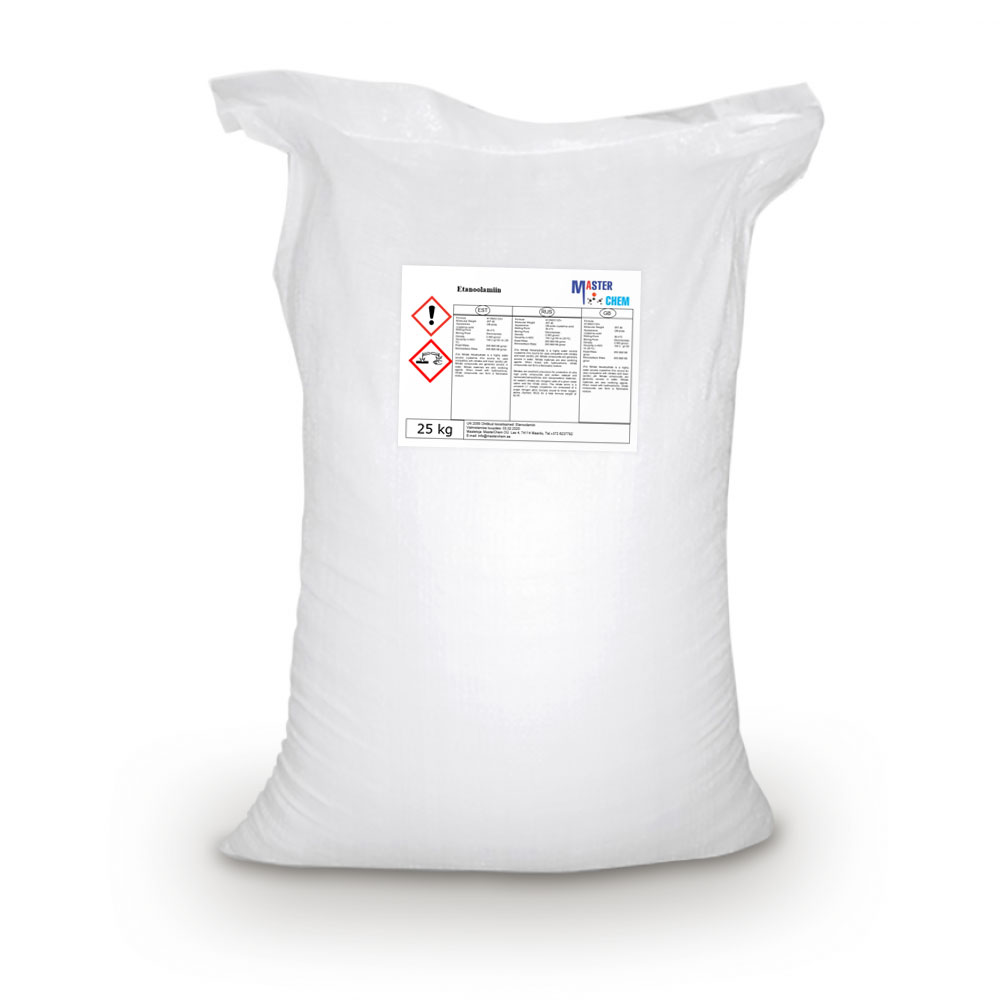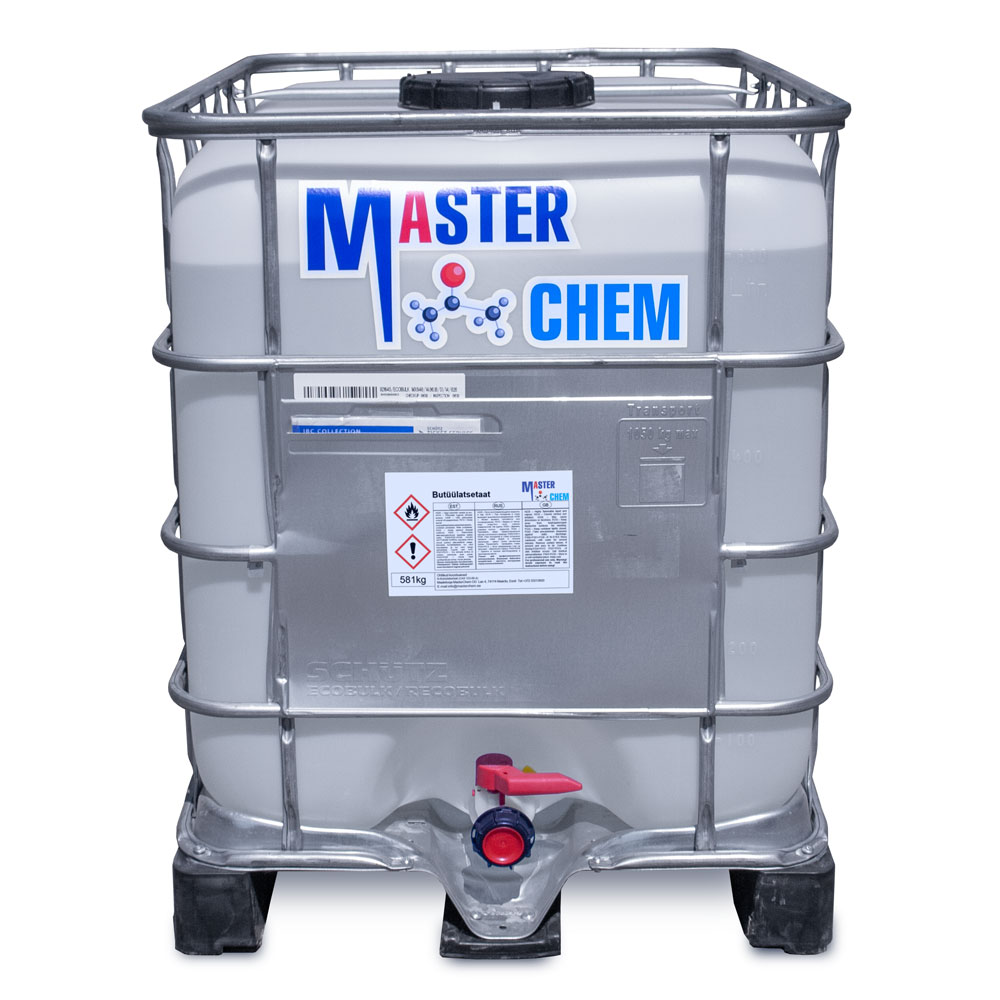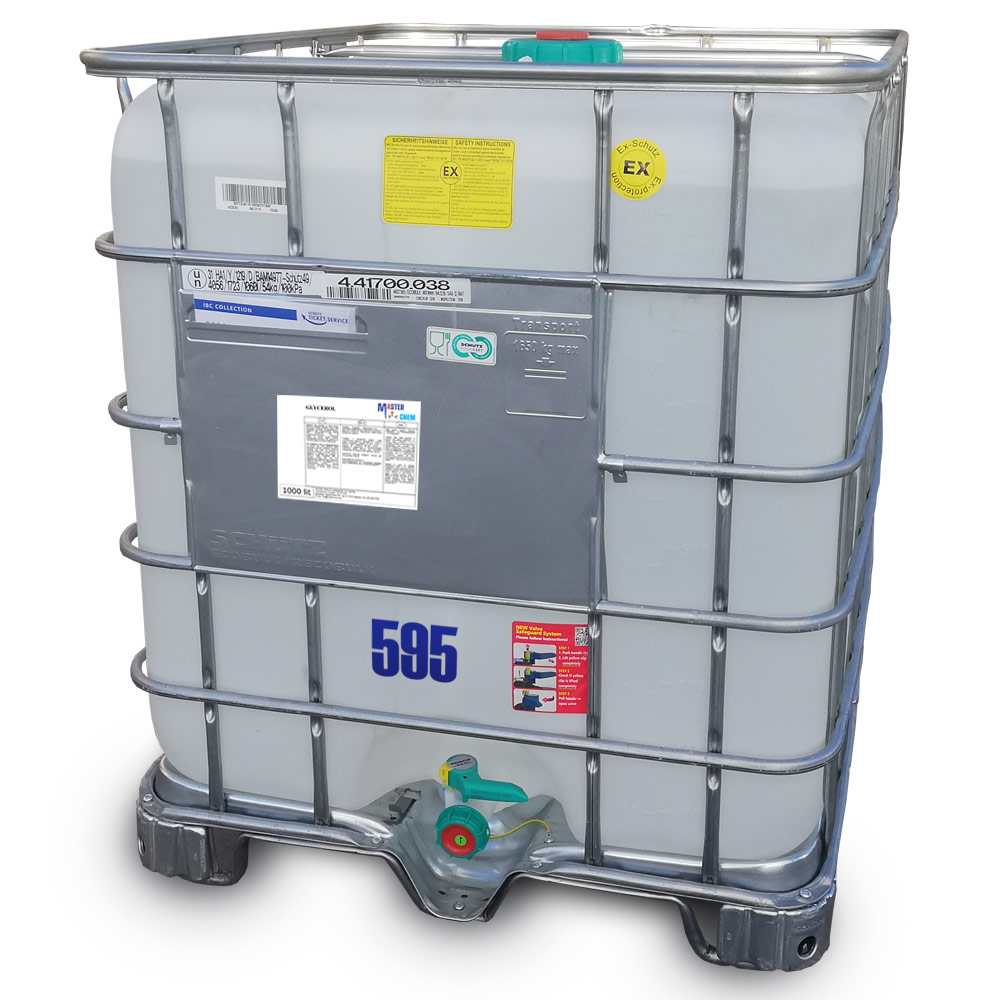Currently Empty: €0.00
Butylglycol acetate (CAS 112-07-2)
Butylglycol acetate (CAS 112-07-2)
Butylglycol acetate acetate is used in a variety of industries as a solvent for nitrocellulose and multicolored lacquers, varnishes, enamels, and epoxy resin. It is useful as a solvent because of its high boiling point. It is also used in the manufacture of polyvinyl acetate latex. It is an ingredient in ink removers and spot removers.
Calcium stearate (CAS 1592-23-0)
Calcium stearate (CAS 1592-23-0)
Calcium stearate is a carboxylate of calcium, classified as a calcium soap. It is a component of some lubricants, surfactants, as well as many foodstuffs. It is a white waxy powder.
Calcium stearate is a waxy material with low solubility in water, unlike traditional sodium and potassium soaps. It is also easy and cheap to produce, and exhibits low toxicity. These attributes are the basis of many of its applications. Related applications exist for the magnesium stearate.
Calcium stearate is used as a flow agent and surface conditioner in some candies such as Smarties, jawbreakers and Sprees. It is a waterproofing agent for fabrics. A lubricant in pencils and crayons. A lubricant in the dry drawing method of wire production
Castor oil (CAS 8001-79-4)
Castor oil is a vegetable oil obtained by pressing the seeds of the castor oil plant (Ricinus communis). The common name “castor oil”, from which the plant gets its name, probably comes from its use as a replacement for castoreum, a perfume basemade from the dried perineal glands of the beaver
CAS 8001-79-4
Caustic soda (CAS 1310-73-2)
Caustic soda, sodium hydroxide ja lye CAS 1310-73-2
Caustic soda is the most common alkali, with the chemical formula NaOH.
Soapstone is a product of chemical synthesis, such a substance does not exist in nature.
The dissolution of fats and proteins is an important property of soapstone, which is used in industry and also in household cleaning products.
EC 215-185-5
INDEX 011-002-00-6
Diethanolamine (CAS 111-42-2)
Other names: Bis(hydroxyethyl)amine, N,N-Bis(2-hydroxyethyl)amine, 2,2′-Dihydroxydiethylamine, β,β’-Dihydroxydiethylamine, Diolamine, 2-[(2-Hydroxyethyl)amino]ethanol, 2,2′-Iminobisethanol, Iminodiethanol, Di(2-hydroxyethyl)amine, bis(2-Hydroxyethyl)amine, 2,2′-Iminodiethanol
DEA is used as a surfactant and a corrosion inhibitor. It is used to remove hydrogen sulfide and carbon dioxide from natural gas.
In oil refineries, a DEA in water solution is commonly used to remove hydrogen sulfide from sour gas. It has an advantage over a similar amine ethanolamine in that a higher concentration may be used for the same corrosion potential. This allows refiners to scrub hydrogen sulfide at a lower circulating amine rate with less overall energy usage.
DEA is a chemical feedstock used in the production of morpholine.
CAS 111-42-2
Diethylene glycol (CAS 111-46-6)
Other names: 2,2′-Oxydi(ethan-1-ol), 2,2′-Oxybis(ethan-1-ol), 2-(2-Hydroxyethoxy)ethan-1-ol, Diethylene glycol, Ethylene diglycol, Diglycol, 2,2′-Oxybisethanol, 2,2′-Oxydiethanol, 3-Oxa-1,5-pentanediol, Dihydroxy diethyl ether
Diethylene glycol (DEG) is an organic compound with the formula (HOCH2CH2)2O. It is a colorless, practically odorless, poisonous, and hygroscopic liquid with a sweetish taste. It is miscible in water, alcohol, ether, acetone, and ethylene glycol.DEG is a widely used solvent. It can be a contaminant in consumer products; this has resulted in numerous epidemics of poisoning since the early 20th century.
CAS 111-46-6
Dipropylene glycol monomethyl ether Dowanol DMP (CAS 34590-94-8)
Dipropylene glycol monomethyl ether Dowanol DMP (CAS 34590-94-8)
Di(propylene glycol) methyl ether is an organic solvent with a variety of industrial and commercial uses. It finds use as a less volatile alternative to propylene glycol methyl ether and other glycol ethers. The commercial product is typically a mixture of four isomers.
Ethanolamine (CAS 141-43-5)
Ethanolamine (CAS 141-43-5)
Ethanolamine (2-aminoethanol, monoethanolamine, ETA, or MEA) is an organic chemical compound with the formula HOCH2CH2NH2 (C2H7NO). The molecule is bifunctional, containing both a primary amine and a primary alcohol. Ethanolamine is a colorless, viscous liquid with an odor reminiscent of ammonia. Its derivatives are widespread in nature; e.g., lipids, as precursor of a variety of N-acylethanolamines (NAEs), that modulate several animal and plant physiological processes such as seed germination, plant–pathogen interactions, chloroplast development and flowering, as well as precursor, combined with arachidonic acid (C20H32O2; 20:4, ω-6), to form the endocannabinoid anandamide (AEA: C22H37NO2; 20:4, ω-6).
The ethanolamines comprise a group of amino alcohols. A class of antihistamines is identified as ethanolamines, which includes carbinoxamine, clemastine, dimenhydrinate, Chlorphenoxamine, diphenhydramine and doxylamine.
Glycerine (CAS 56-81-5)
Other names: Glycerin, Glycerine, Propanetriol, 1,2,3-Trihydroxypropane, 1,2,3-Propanetriol
Glycerine also called glycerol, is a simple polyol compound. It is a colorless, odorless, viscous liquid that is sweet-tasting and non-toxic. The glycerine backbone is found in lipids known as glycerides. Due to having antimicrobial and antiviral properties it is widely used in FDA approved wound and burn treatments. Conversely, it is also used as a bacterial culture medium. It can be used as an effective marker to measure liver disease. It is also widely used as a sweetener in the food industry and as a humectant in pharmaceutical formulations. Owing to the presence of three hydroxyl groups, glycerine is miscible with water and is hygroscopic in nature.
CAS: 56-81-5
Glycerol (CAS 56-81-5)
Other names: Glycerin, Glycerine, Propanetriol, 1,2,3-Trihydroxypropane, 1,2,3-Propanetriol
Glycerol (also called glycerine or glycerin; see spelling differences) is a simple polyol compound. It is a colorless, odorless, viscous liquid that is sweet-tasting and non-toxic. The glycerol backbone is found in all lipids known as triglycerides. It is widely used in the food industry as a sweetener and humectant and in pharmaceutical formulations. Glycerol has three hydroxyl groups that are responsible for its solubility in water and its hygroscopic nature.
CAS: 56-81-5


